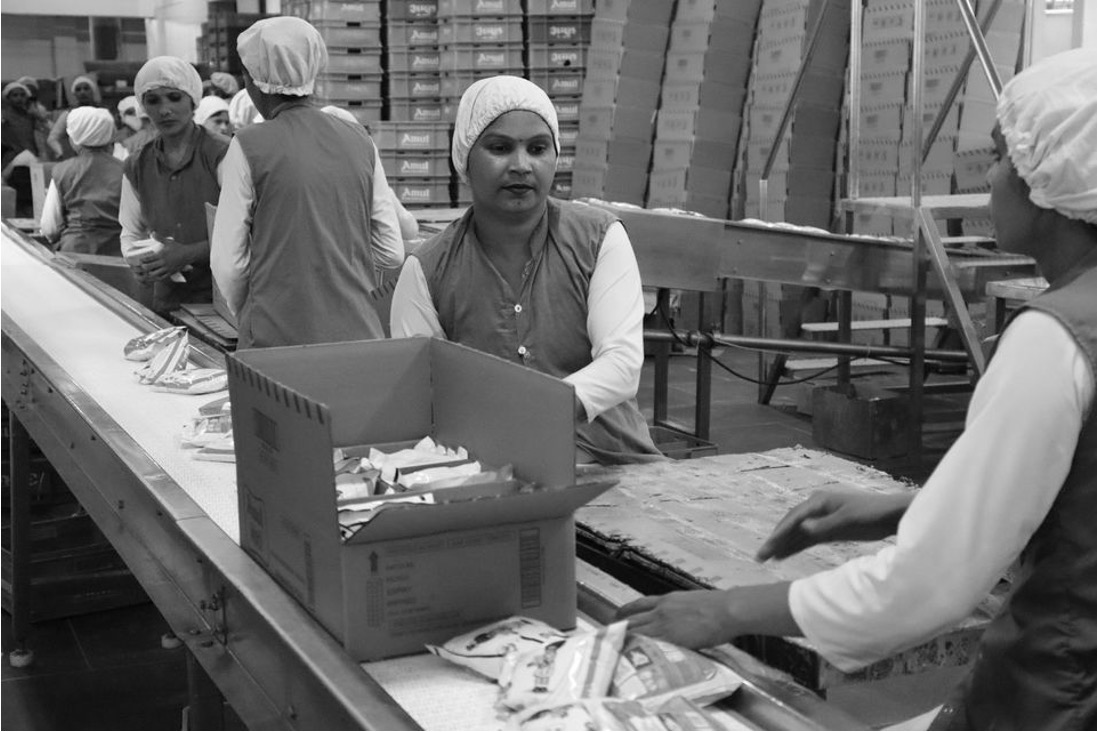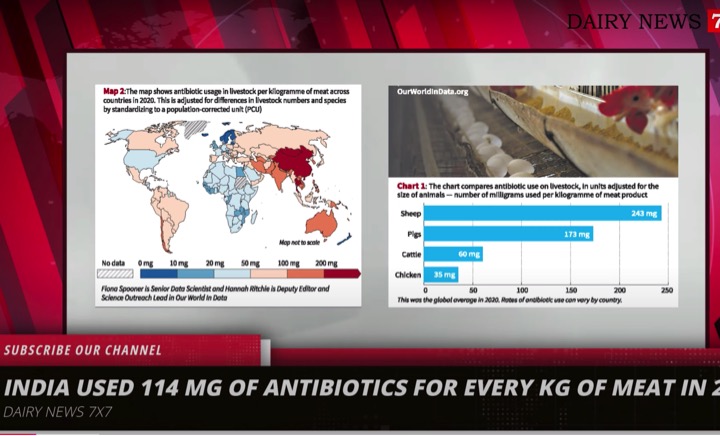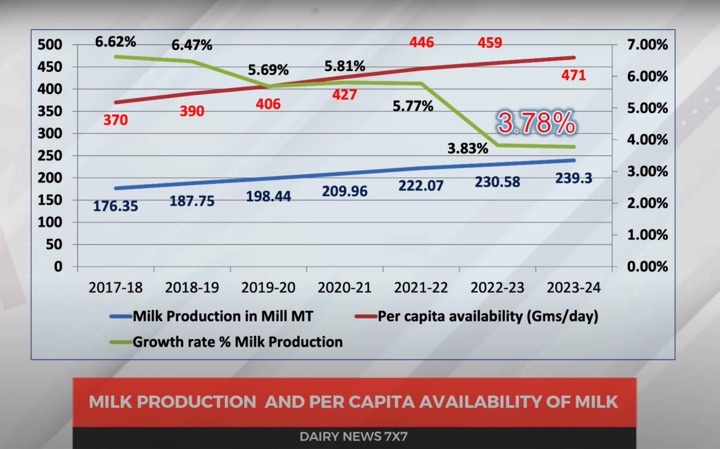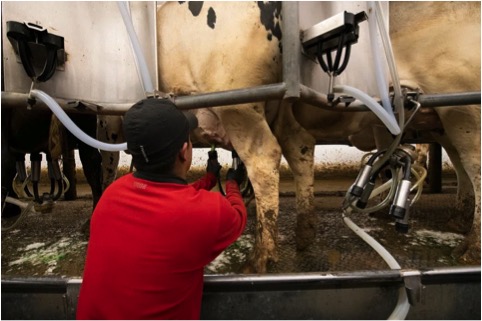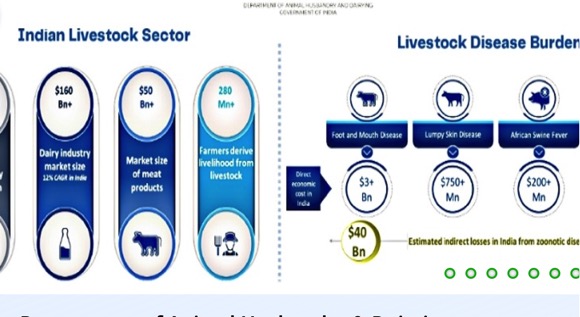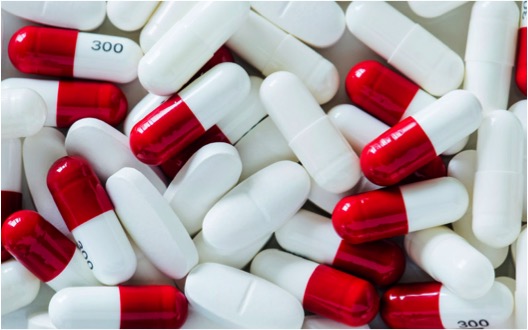India will expand its milk production by 10pc annually as developed countries look at reducing their herds, the head of one of India’s largest milk-processing facilities has said.
“If other countries have issues with their cattle and milk production, it’s good for us — markets open for us,” head of Dudhmansagar Dairy Prateek Kumar Mudgal said.
The facility is part of the Amul group, the largest farmer-owned dairy co-op in India.
The comments came during a presentation to a group of International Nuffield Scholars in New Delhi last week, where the chief general manager highlighted the intention to expand on the volume of milk intake.
“We keep tabs on the international market. If there is a new product in New Zealand, America or wherever else, within three or four years it will come to India,” Mr Mudgal said.
“Everybody has an issue with their natural resources. We also have that but we try to utilise the best options available.
“This is the only source of income which we have. We have 150m people working in agriculture in India and 70pc of the value stays in rural communities. Milk is the biggest source of income.”
Amul, a $10bn business, spurred the world’s largest dairy development programme, ‘Operation Flood’, which made India the world’s leading producer of milk and dairy products at 24pc.
Amul has 4m suppliers from across 18,000 villages, with farmers receiving an average milk price of 0.62c/L.
The average supplier has around to to three cows.
“It’s purely production-based payments but in every village we have development work such as reducing methane. Carbon credits we are also working on,” Mr Mudgal said.


